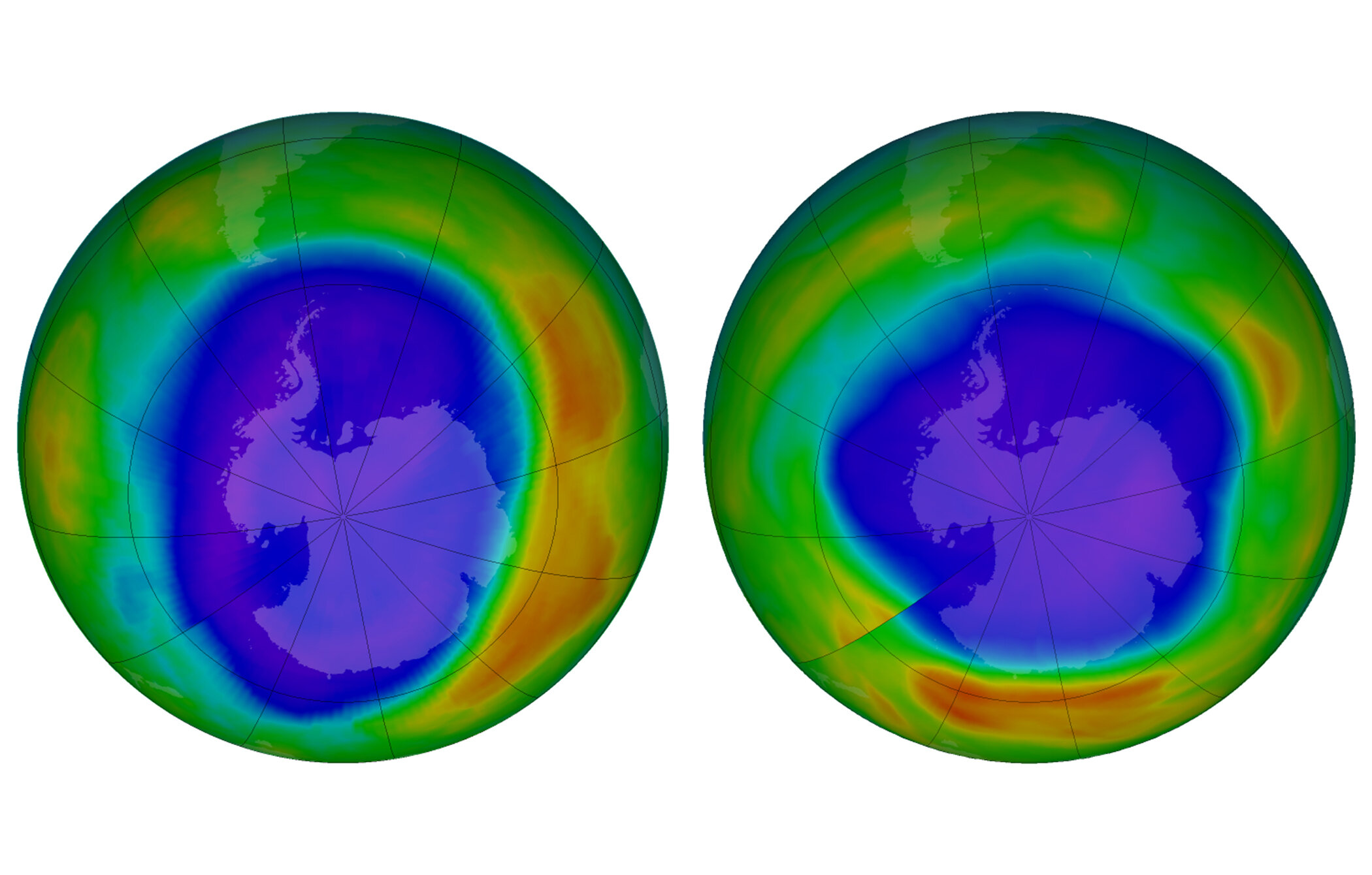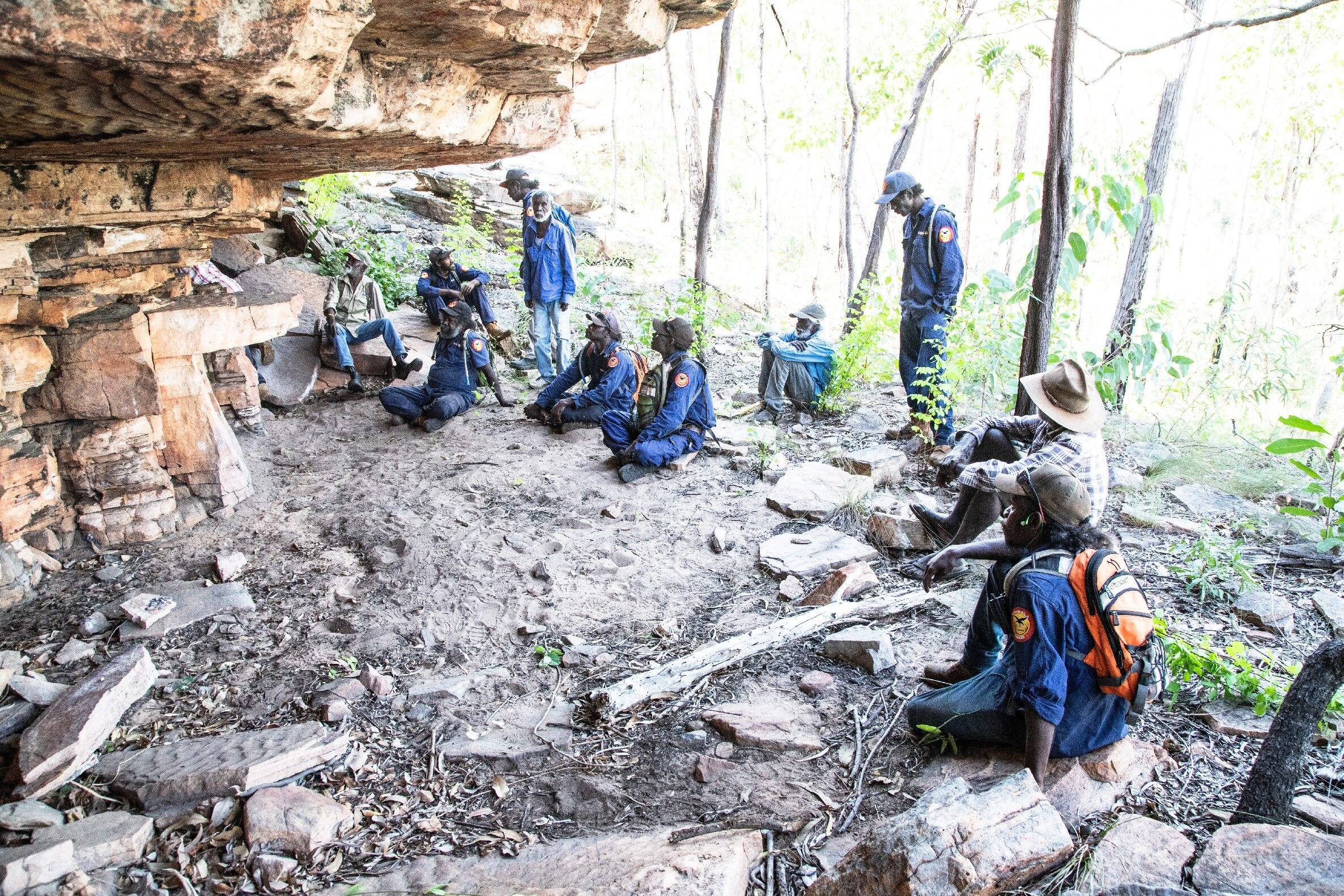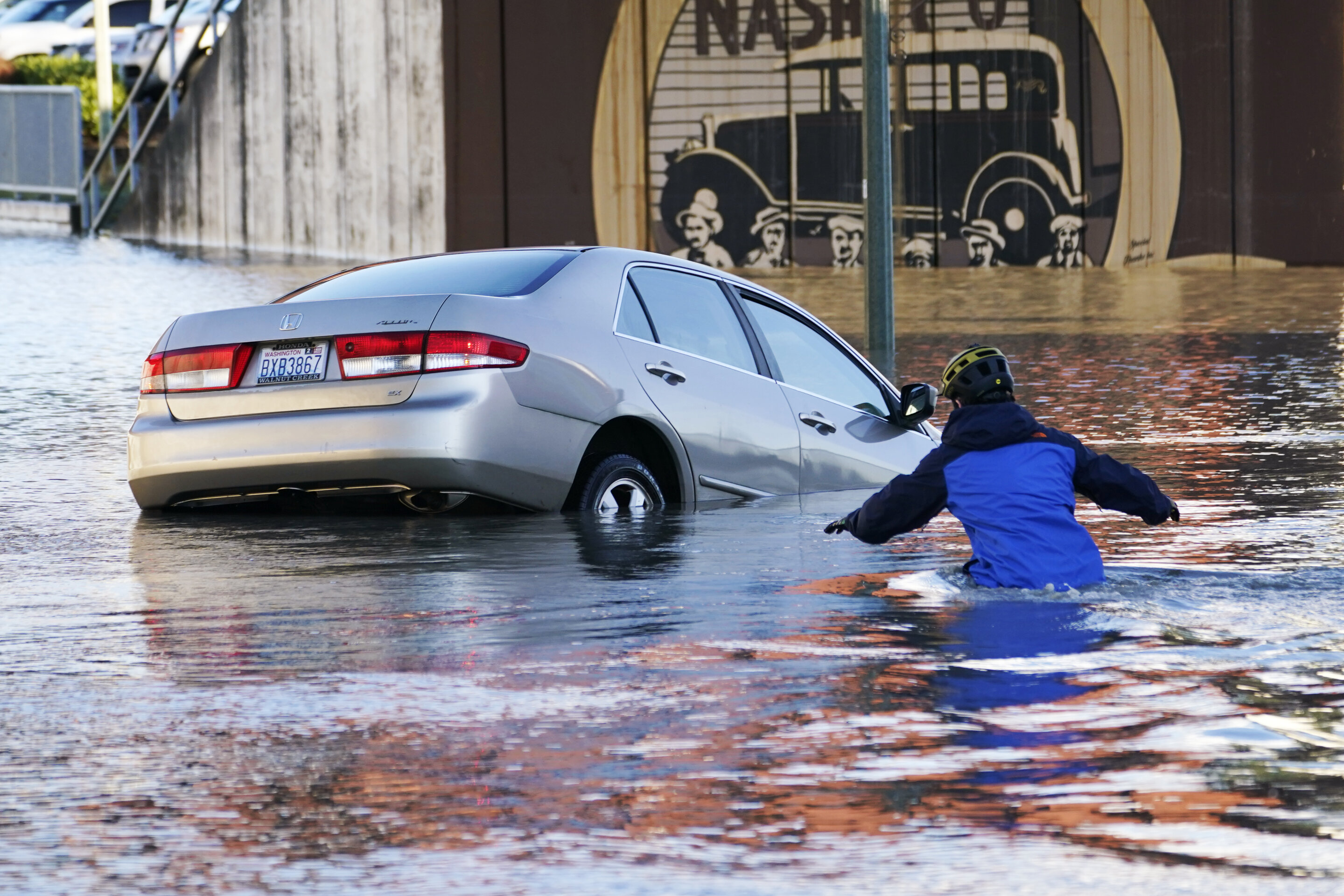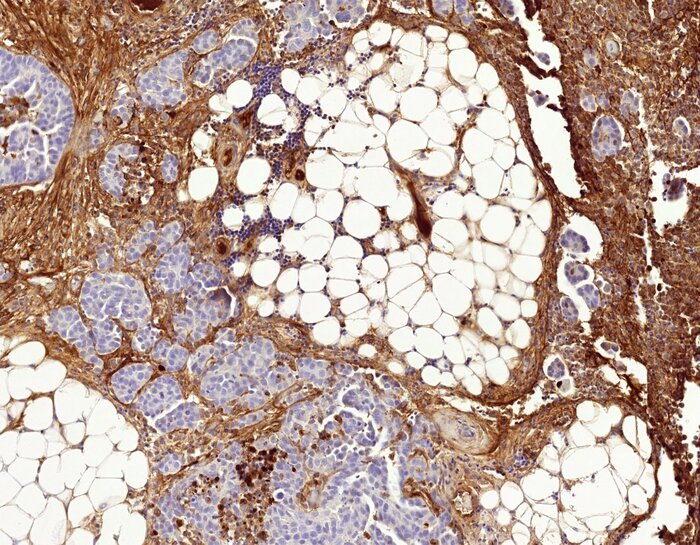#A new RSV shot could help protect babies this winter—if they can get it in time
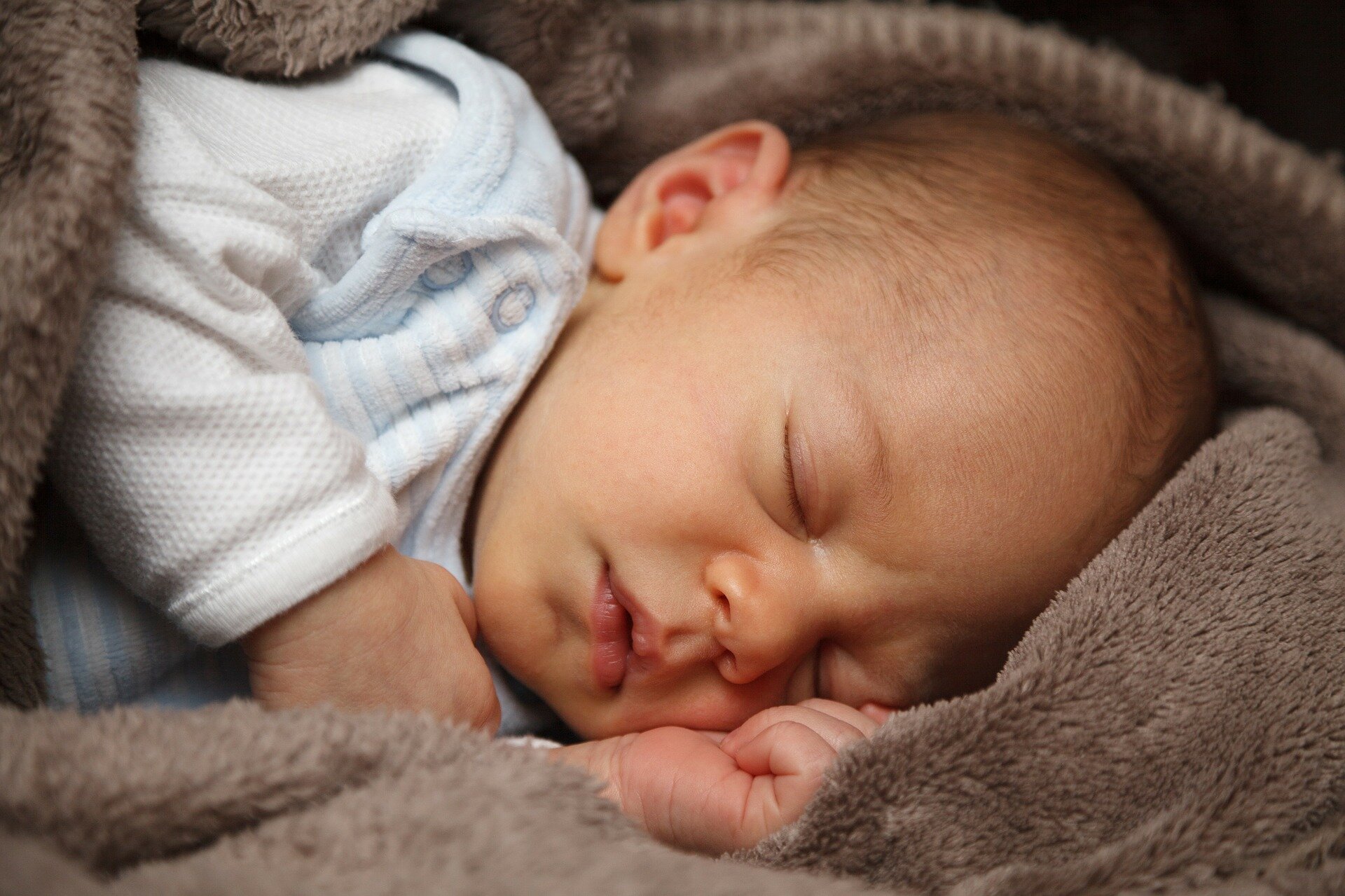
Table of Contents

A RSV new therapy for infants, called nirsevimab, started shipping in September. By mid-October, demand for nirsevimab, sold under the brand name Beyfortus, had already outstripped supply, according to the pharmaceutical company Sanofi, which developed the drug with AstraZeneca.
In response, the CDC issued interim guidance Oct. 23 to help pediatricians allocate the limited supply of doses, advising them to focus on the infants at highest risk of RSV complications: those under six months old, and those with underlying medical conditions.
RSV is the leading reason babies under 12 months old end up in the hospital, and an estimated 100–300 kids under age five die from it in the U.S. every year.
Nirsevimab, a monoclonal antibody, is one of two new therapies available this fall that could dramatically reduce the risk of lung infections in infants.
The other option is an RSV vaccine from Pfizer called Abrysvo. It was first recommended for adults 60 and older, and then Sept. 22 the CDC approved its use in pregnant people, too, to confer some immunity on their infants.
But this adult vaccine is recommended only within a relatively short window in pregnancy, weeks 32 through 36, because of a potential but unproven concern it may increase preterm births. That might limit uptake during pregnancy.
Nirsevimab is approved for all infants up to eight months old, and for some older babies and toddlers considered at higher risk of severe illness from RSV. The American Academy of Pediatrics recommends that every baby whose mother did not get the RSV vaccine while pregnant receive nirsevimab in the first week of life.
The CDC is now asking prenatal care providers to warn their patients about potential nirsevimab supply shortages, with the hope that driving up the maternal vaccination rate could help ease the demand for nirsevimab.
Nirsevimab’s powerful but pricey potential
Pediatricians say the high cost of nirsevimab and bureaucratic obstacles in Medicaid’s vaccine allocation system for children are slowing down nirsevimab’s distribution. They fear these problems leave infants at risk—unnecessarily—of hospitalization this winter.
In clinical trials, nirsevimab reduced RSV hospitalizations and health care visits in infants by almost 80%.
“This is groundbreaking, honestly,” said Katie Sharff, chief of infectious disease for Kaiser Permanente Northwest.
Nirsevimab is a monoclonal antibody treatment, not a traditional vaccine. The passive immunity it confers lasts about five months. That’s long enough to get babies through their first RSV season, when they’re at highest risk for complications.
After an infant’s first winter, “their airways develop and their lungs develop,” Sharff said. “So getting RSV later, as a child instead of as an infant, [means the child is] probably less likely to have severe complications of difficulty breathing, needing to be on a ventilator.”
Sharff’s own daughter had an RSV infection as an infant, needed care in the emergency department, and went on to develop asthma, a condition more common in children who had severe RSV infections.
For health systems worn down by the “tripledemic” of respiratory viruses—COVID-19, flu, and RSV—keeping infants out of the hospital this winter could be a game-changer.
Last year was a historically bad season for RSV. Earlier in the pandemic, measures that states took to slow the spread of COVID, such as masking, depressed RSV infections for a while, too. But as infection-control measures were rolled back, more babies and toddlers were exposed to RSV for the first time, at the same time.
In Oregon, the surge prompted then-Gov. Kate Brown, a Democrat, to declare a public health emergency and forced hospitals to add capacity to their pediatric intensive care units. Some hospitals even sent patients out of state.
“The promise of nirsevimab is that should never, never happen again,” said Ben Hoffman, a professor of pediatrics at Oregon Health & Science University’s Doernbecher Children’s Hospital in Portland and the president-elect of the American Academy of Pediatrics.
But that depends on the therapy’s availability, and whether providers can get it to newborns efficiently.
THe most expensive childhood vaccine
For babies born without the protection of the maternal RSV vaccine, the American Academy of Pediatrics says the best time to get nirsevimab is at birth, before an infant is exposed to RSV at all.
Except for the first dose of the hepatitis B vaccine, administration of childhood vaccines start one month after birth, in a pediatrician’s office, but the cost of nirsevimab might make that hard.
At $495 per dose, it’s the most expensive standard childhood shot, and insurers may not reimburse providers for it this year. That’s a particular problem for small pediatric practices, which can’t afford to lose that much money on a standard childhood vaccine.
“When all of a sudden you have a new product that you’re supposed to give to your entire birth cohort, and you’ve got to pay $500 that may or may not get paid back, that’s just not financially viable,” said Sean O’Leary, a pediatric infectious-disease specialist at the University of Colorado School of Medicine.
Some insurers, but not all, have announced they will cover nirsevimab right away. Because of a quirk in the Affordable Care Act, commercial insurance plans can wait up to a year after a new therapy is approved before they are required to cover it.
Sanofi has announced an “order now, pay later” option for doctors, which would give them more time to work out reimbursement deals.
Could hospitals help?
A government program that supplies free shots to about half the children in the United States is structured in a way that makes it hard to get nirsevimab to babies right after birth.
Vaccines for Children is a safety-net program that provides vaccines to kids on Medicaid, uninsured children, and Alaska Native and American Indian children.
Health care providers can’t bill Medicaid for shots like nirsevimab. Instead, they must register and enroll in the VFC program. Through it, the federal government purchases shots from companies like Sanofi at a discount, and then arranges for them to be shipped free to VFC-enrolled providers, which tend to be pediatric practices or safety-net clinics.
But most hospitals aren’t part of VFC, which presents a problem.
Right now, only about 10% of birthing hospitals nationwide are enrolled in VFC and can get nirsevimab free.
Until nirsevimab’s debut a few months ago, most hospitals didn’t have a strong incentive to participate in Vaccines for Children because childhood vaccines outside of hepatitis B are typically given to kids by pediatricians, in outpatient clinics.
VFC can be burdensome and bureaucratic, according to interviews with several Oregon hospitals and immunization experts. The program’s stringent anti-fraud measures discourage health care providers from enrolling, they say.
Once enrolled, providers must track and store VFC-provided vaccines separately, apart from other vaccine supplies. The person giving a pediatric shot has to know what insurance the child has, and account for each dose in a state-run electronic record system.
Mimi Luther, immunization program manager for Oregon, said the rules are nearly impossible for most hospitals to follow.
“I look forward to the day when the feds have the opportunity to modernize that system to make it easier for providers to enroll and stay enrolled,” she said.
The CDC has relaxed some program rules in light of the shortage of nirsevimab, allowing providers to “borrow” up to five VFC doses for infants covered by private insurance—as long as those doses are paid back within a month.
This has forced some health systems to make difficult choices. Many are allowing infants to leave the hospital without the shot, assuming they will get it at the first pediatric outpatient visit.
Frothingham said that also creates an equity problem. Newborns whose parents don’t have transportation, or financial resources, are more likely to miss those first pediatric appointments after birth.
Samaritan Health Services, the health system Frothingham works for, has decided to privately purchase a small number of doses to offer in its hospitals, for newborns whom doctors flag as high risk because of breathing problems or family poverty.
“It’s important to us that infants be able to access this regardless of their financial or social circumstances,” Frothingham said.
Nationwide, many birthing hospitals are trying to enroll in the VFC program for next year. But this fall, most won’t have free nirsevimab on hand.
Most babies who get RSV ultimately recover, including those who require hospitalization to help with their breathing. But it’s challenging to treat, and each year some babies die.
2023 KFF Health News. Distributed by Tribune Content Agency, LLC.
Citation:
A new RSV shot could help protect babies this winter—if they can get it in time (2023, November 13)
retrieved 13 November 2023
from https://medicalxpress.com/news/2023-11-rsv-shot-babies-winterif.html
This document is subject to copyright. Apart from any fair dealing for the purpose of private study or research, no
part may be reproduced without the written permission. The content is provided for information purposes only.
If you liked the article, do not forget to share it with your friends. Follow us on Google News too, click on the star and choose us from your favorites.
For forums sites go to Forum.BuradaBiliyorum.Com
If you want to read more Like this articles, you can visit our Science category.
